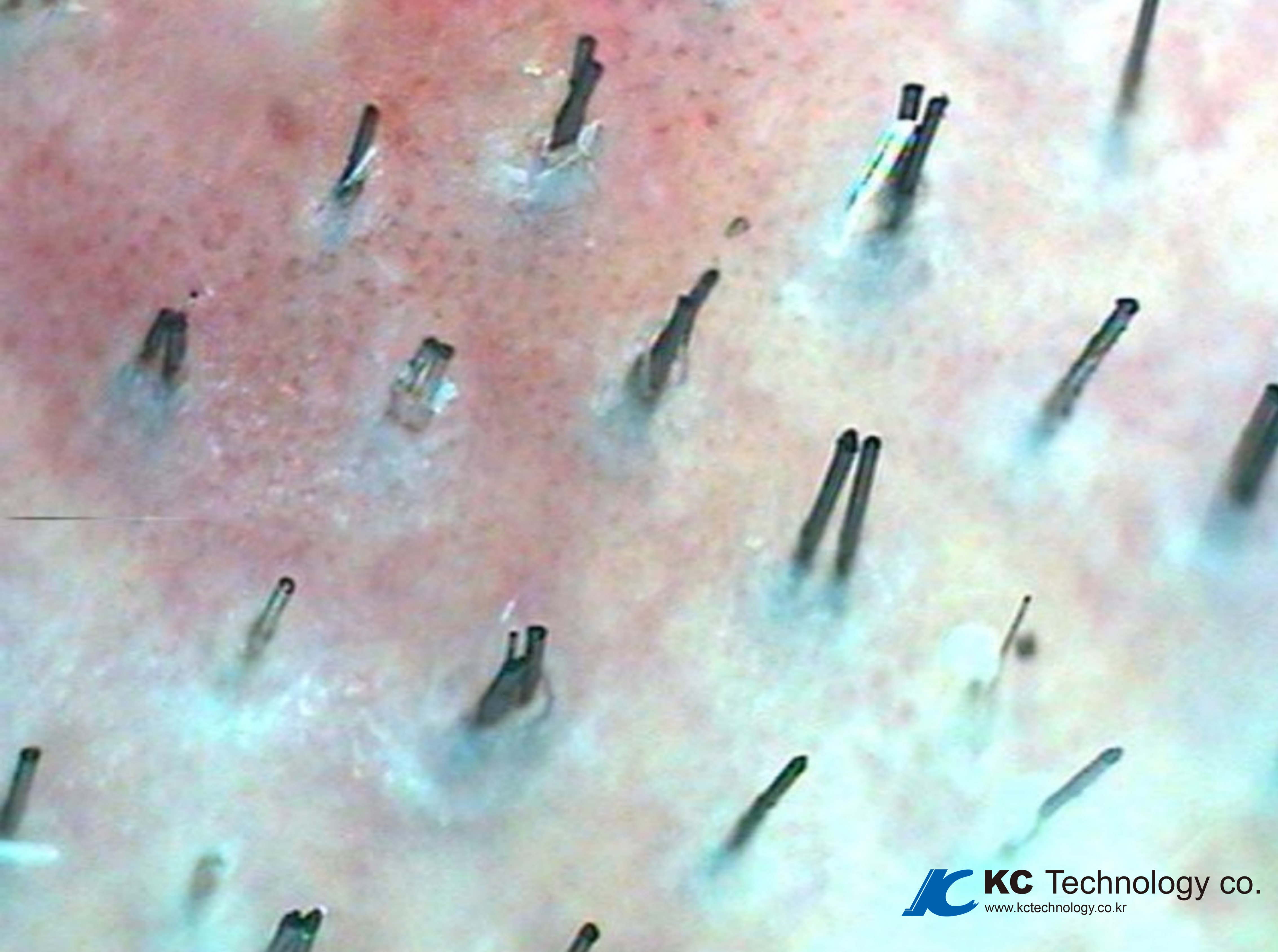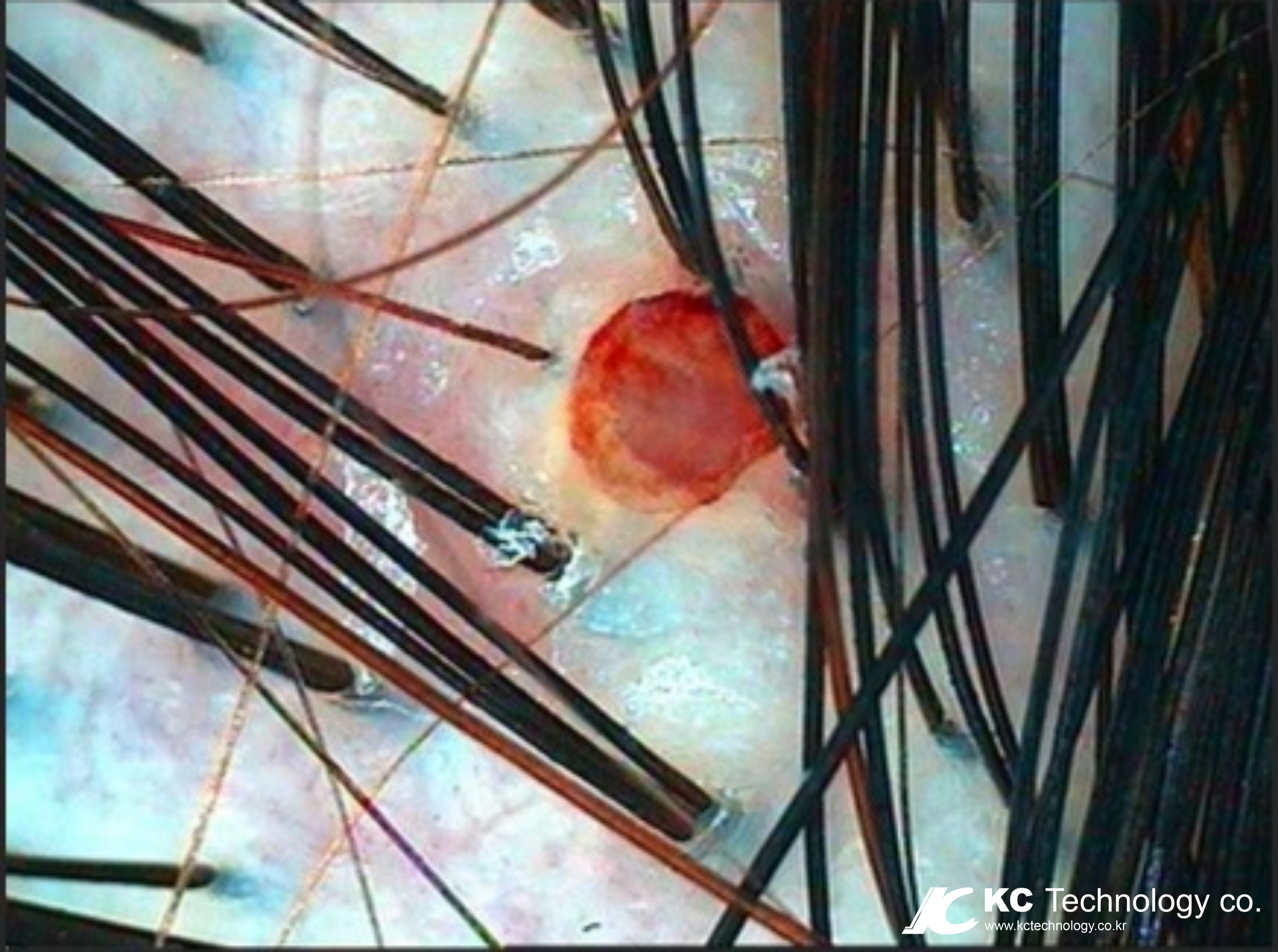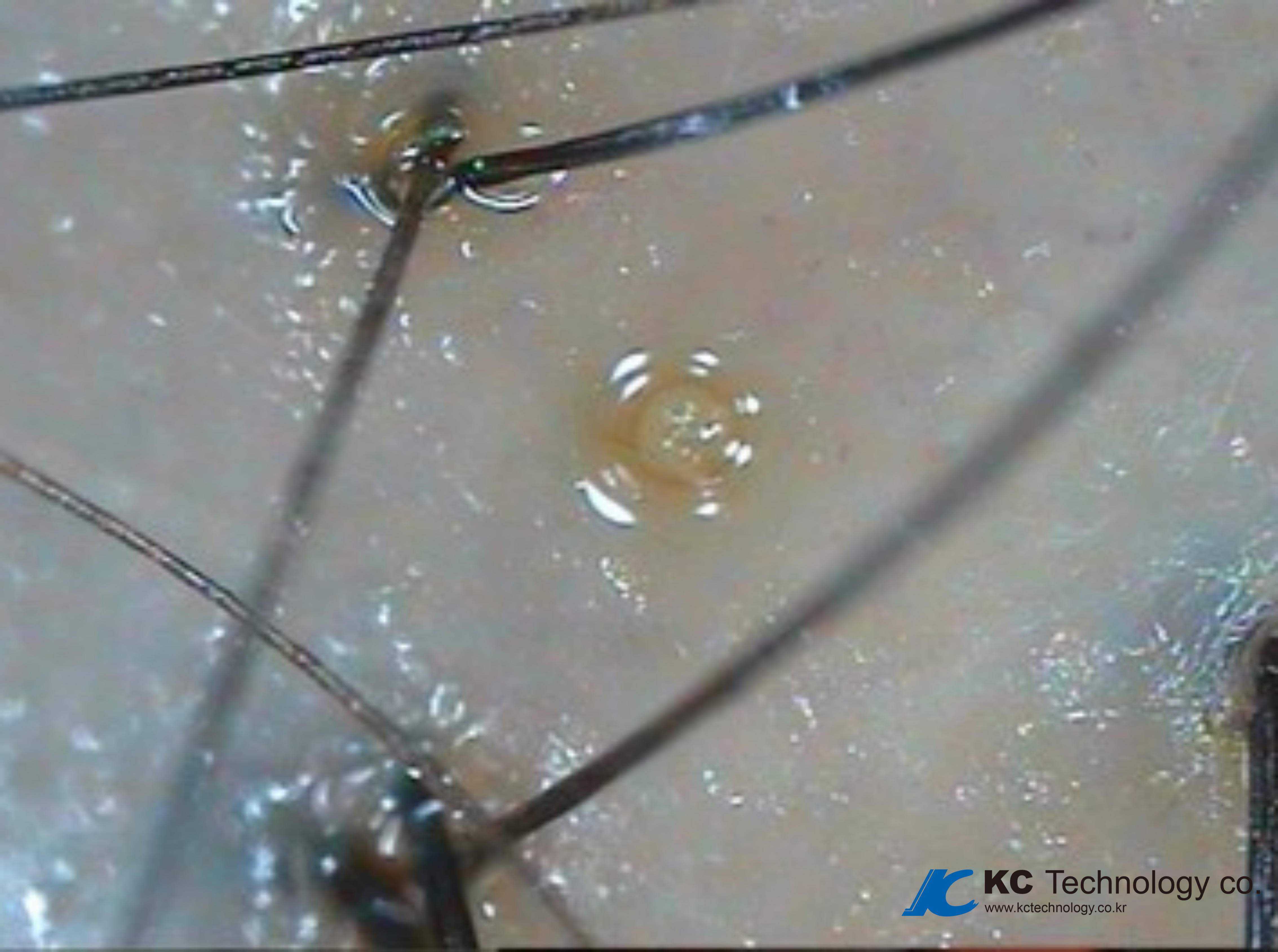In order to
accurately understand the condition of hair loss, it is very important to have
diagnosis, treatment, and consultation with patients. Usually we check as follows below,
1. Hair loss symptom onset time, progression speed, hair loss pattern (type),
hair density and hair thickness.
2. Are there any
products or folk therapies available to alleviate hair loss symptoms.
3. Do you tie your hair tightly or habitually pulling
or pulling hair
4. Is hair loss accompanied by symptoms in other parts of the body?
5. Have you had any recent illness, childbirth, surgery, stress, etc. or taken
any medications (especially contraceptive pill birth control pills))?
6. Are there any
symptoms that may occur when male hormones increase, such as acne, irregular
physiology, and hirsutism?
7. Have you noticed any symptoms that may indicate thyroid disease?
8. Are you on a diet or vegetarian?
Examination of female hair loss
: Types of
tests for female hair loss
To understand the causes of hair loss, the following hair loss tests can
be performed.
1. Ferritin Test: Serum ferritin
2. Thyroid Function Tests
3. androgen hormone test
4. VDRL test
5. Fungal test
6. Organizational inspection
7. Trichogram examination of hair
8. Taking Hair /Scalp photos
9. Genetic testing
Examination
and analysis of female hair loss
1.Visual inspection
Check the scalp for inflammation, dead skin cells, redness, etc.
Unlike general
female hair loss or hereditary hair loss, scarring alopecia at the entrance of
the pores also requires careful examined.
Look at hair spacing to determine density and check hair loss patterns.Carefully
observe the thickness, breakage, length, shape of the hair. It is normal for
the hair to become thinner at the end, but if it becomes dull, it may damage the
hair. Identify whether hair is falling out at the root or broken in the
middle.


2. Palpation
You can check this by using a hair plucking test, which involves gently
gripping 25 to 30 hairs with your thumb and index finger, and then gently
pulling them from the root to the tip to check for how much hair that has
fallen off. After 6 to 8 times treatments, it is normal for 1 to 2 hairs to
fall out.
3. Hair/Scalp Microscope
If see the hair of different diameters in a microscope view, it means that
the hair is miniaturized.

In addition, in cases where hair loss leads to
reduced hair, the frequency of scalp exposure to sunlight increases, and
pigmentation is often observed.
By comparing the microscope screens
of the back of the head area with less hair loss and the crown area with more
hair loss, the degree of hair loss progression can be evaluated, and the
treatment effect can also be evaluated.
In addition, the diseases that need
to be differentiated from general female hair loss are as follows:
1. Telogen effluvium
2. Alopecia
areata
3. Tinea
capitis
4. Traction
alopecia
5. Trichotillomania
Only by examining all of these aspects can we accurately diagnose a female
patient's hair loss condition and find an appropriate treatment method.
Female hair loss often starts from the top of the head, and unlike male hair
loss, it is not noticeable in early stages, so appropriate treatment
opportunities are often missed. Therefore, when hair
loss in women is suspected, it is important to be diagnosed quickly and find
and implement a treatment that suits the cause. If you are in your 40s
or 50s and your hair is sparse, greasy, itchy, or with sparse hairlines, it is
recommended visiting a hair loss specialist Clinic or hair/Scalp management
center for early treatment through scalp analysis.